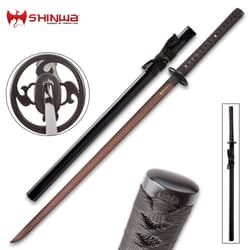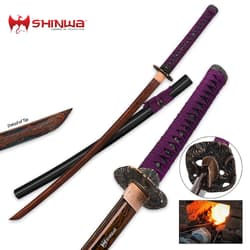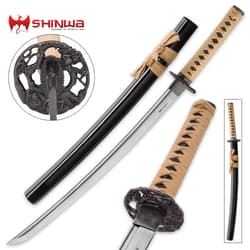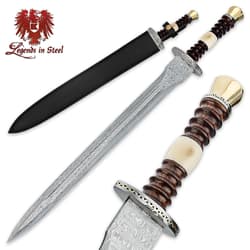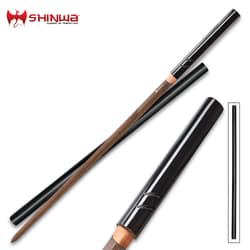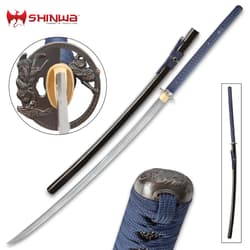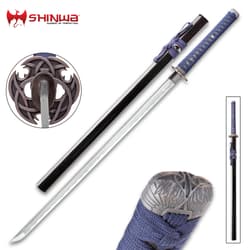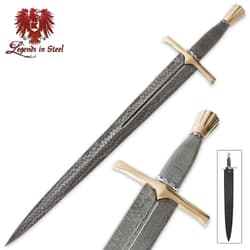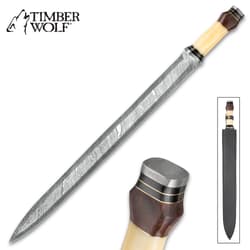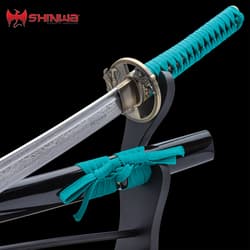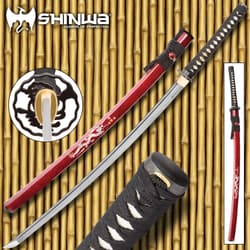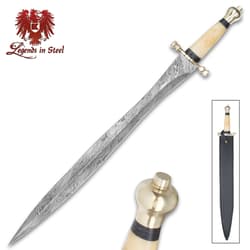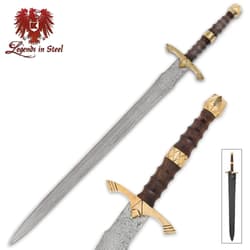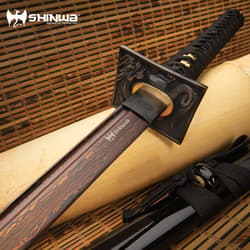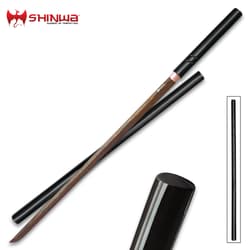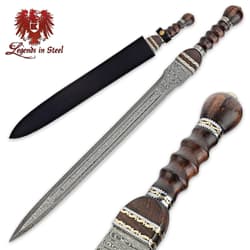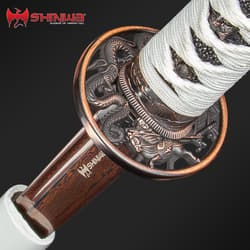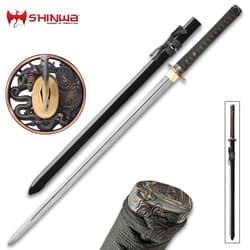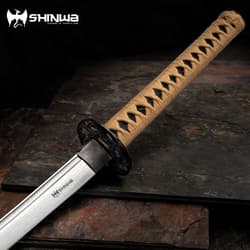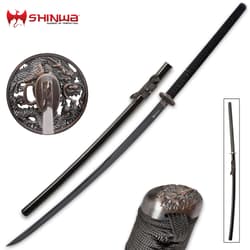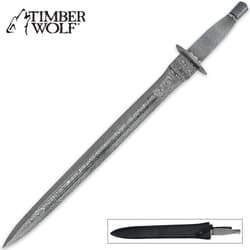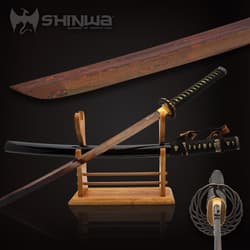
DAMASCUS SWORDS & KATANAS
Battle-ready, hand-forged Damascus steel swords and katanas that won’t break the bank! Whether you are looking for a hand forged work of art, or a battle ready samurai sword, you can find it here. Our real, quality layered steel blades are for more than just looks- they hold a razor edge and can slice unlike any other.
Hand-forged Damascus steel swords have long been coveted by sword collectors and sword aficionados. BUDK.com offers an elite group of hand-forged Damascus swords, crafted using traditional methods of ancient sword-making in the legendary township of Lonquan.These Damascus blades are folded as many as ten times to yield up to 2,056 layers of premium Damascus steel. If you’re searching for a one of a kind sword, we have a Damascus selection which includes katanas, gladius, broadsword, medieval, Shiasaya and Wakizashi.
DAMASCUS SWORDS FAQS
- What does Damascus mean?
Damascus is a type of steel where iron and steel are layered and hand-forged together in a folding process that produces hundreds of layers and the signature wavy look of the steel. - Damascus steel looks great but is it strong?
Damascus steel swords are legendary with a history of some of the most coveted swords in the world. Damascus steel gives a blade both strength and flexibility with an edge that stays razor-sharp. - What type of Damascus swords do you have?
Our large inventory of Damascus swords contains Katanas, Medieval swords, Short Swords, Shirasayas, and Scimitars - Where do you get your Damascus swords from?
We source our Damascus swords from only the oldest and most respected swordsmiths. They come from the forges of Shinwa, Legends In Steel, Shikoto and Honshu. - Why is it called “Damascus” steel?
There’s no definitive word on where “Damascus” came from, but the most common explanation is that it’s named after the city in Syria. Another explanation is that the word “damas” is the root word for “watered”, possibly referring to the water-like pattern in the steel.






















